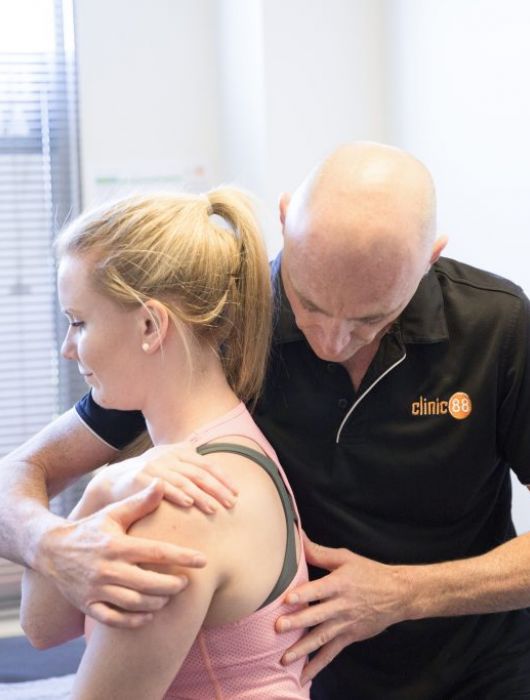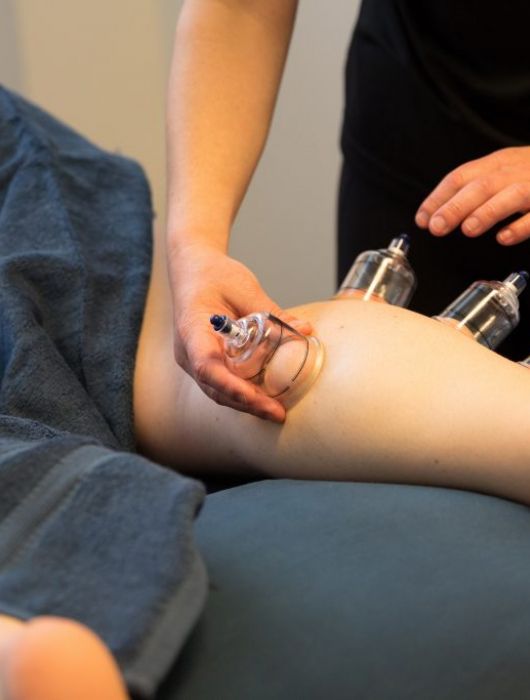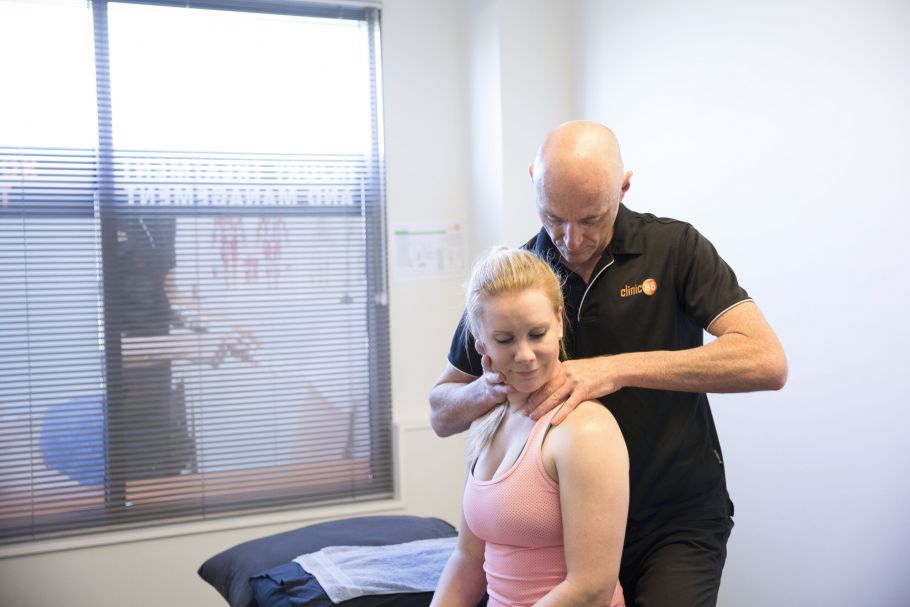Remedial Massage
Clinic 88 offers the best trained, fully qualified and experienced Remedial Massage Therapists.
All Therapists are private health insurance compliant so you can utilise your private health card rebates. With years of experience in the field, our Remedial Massage Therapists are extremely competent at dealing with your Aches and Pains.
Please note!
If you haven’t been before, please ask our front desk staff for a Therapist that meets your needs. Every Therapist has a particular area of interest. Our front desk staff will be able to ensure you get referred to the right Therapist so you get the best outcome.


Aches
and Pains.
Remedial Massage, or Massage Therapy, is predominantly used for ongoing or acute Aches and Pains. Common complaints treated are:
- Neck and shoulder pain and associated headaches
- Postural issues and consequential pain
- Back pain/stiffness
- Fibromyalgia, whiplash, myofascial pain
- Hip pain from degenerative issues, bursitis, tendinopathies, over exercising or weekend warrior activities
- Tendonitis
- or just tired and sore from getting stuck into life!
Clients do not need a referral for this service.
All therapists are registered for health insurance rebates*.
Check with your health care fund for level of coverage. Every card is different, each refund is different.
What type of treatment may you receive?
- Trigger Point Therapy is used for the alleviation of trigger points (Commonly called ‘knots’ in social terms. They are hyper sensitive points in muscles that cause local tenderness and pain referral well away from the site).
- Cupping is a technique used for the mobilisation of fascia, scar and other thickened connective tissues of the body. Often used for chronically thickened areas that don’t respond to hands on techniques.
- Fascial therapy for flexibility/mobility of the connective tissues of our body and alleviating fibrous adhesions and decreasing the severity of scars. This is a hands on technique that is specifically administered to areas thickened fascial or connective tissues areas of the body. Generally no oil used and commonly through clothes (as the material often creates a better ‘purchase’ on the underlying tissue)
- Broad Handed Techniques are used for the reduction of swelling post exercise, work, injury or surgery.
-
Frictions is used to mobilise scars, adhesions between fascial layers, muscles, compartments and more. Frictions also promote healing in tendon pathologies and decrease pain perception.
- Dry Needling is often applied to muscles with trigger points, alleviating the trigger point itself and the taught band associated with it. There are a number of Dry Needling techniques that can be used to alter the state of the tissue, hence the technique will vary according to your presentation.
- Massage Techniques – there is an abundance of different types of massage techniques that can be used within each session (some mentioned above). From fascial therapy, to trigger point, to generally oily glides (reducing muscle tension/tonicity) to frictions. Our therapists are trained in all these options and will use whatever they believe is most beneficial for you as an individual.
- Other techniques such as ART (Active Release Techniques), Myofascial Release and deep tissue massage are all derivatives of the techniques above. They are NOT unique techniques with unique results.

Stretching
During a treatment session, numerous stretching techniques may be employed including:
Static stretches to alleviate an area assessed as excessively tight.
PNF stretches (proprioceptive neuromuscular facilitation) to decrease the tone in a muscle or muscle group that is assessed as being too ‘tight’.
Dynamic stretches to alleviate symptoms of DOMS (delayed onset muscle soreness), the soreness felt one to two days after excessive, new or eccentric exercise.
Muscle Energy Technique (MET) is now a common technique used by a number of therapies. Osteopaths designed the technique over 100 years ago, but like many techniques these days, it is used by many different therapies. MET is the use of light contractions by the client in very specific directions to improve joint restriction and range by altering the resting length of local musculature.